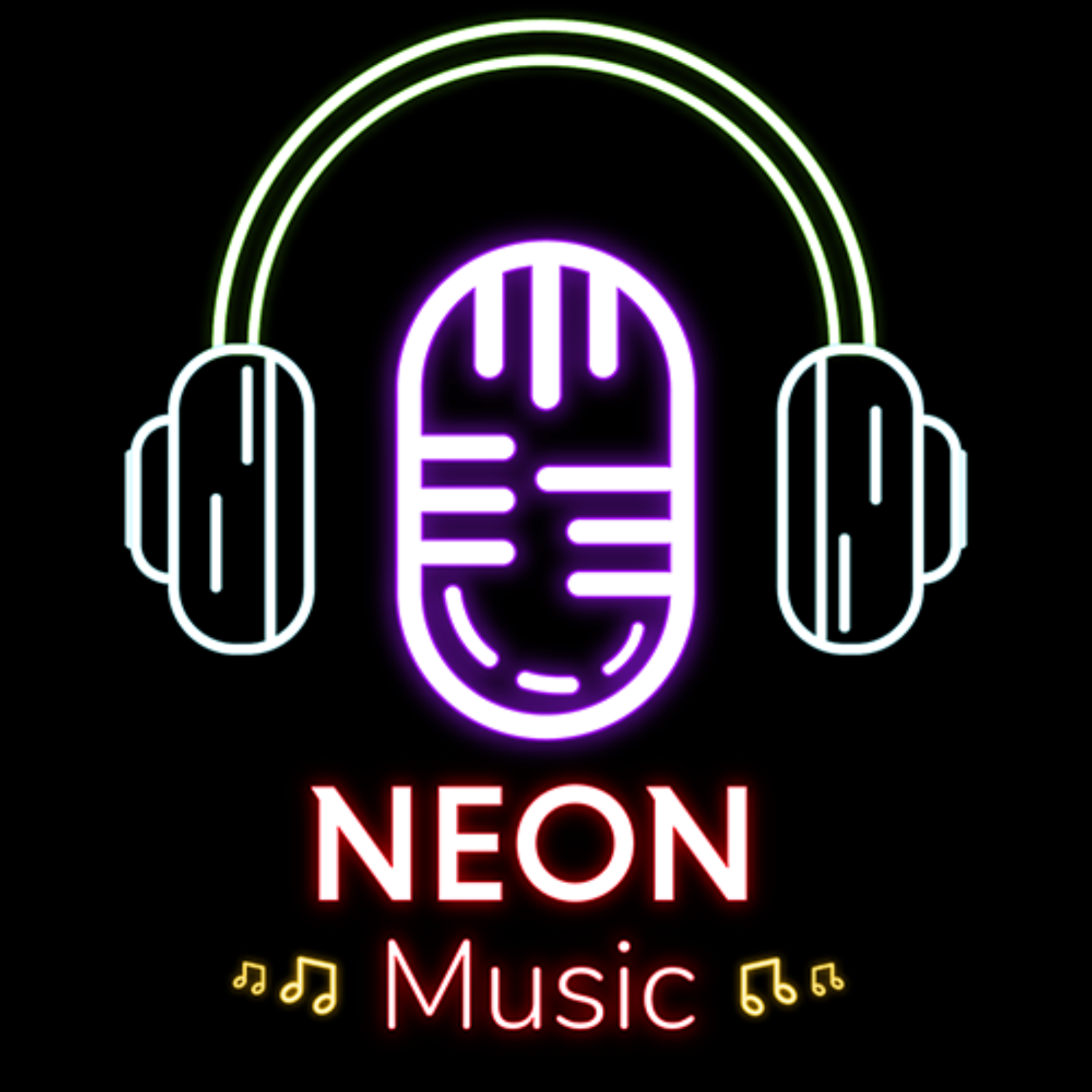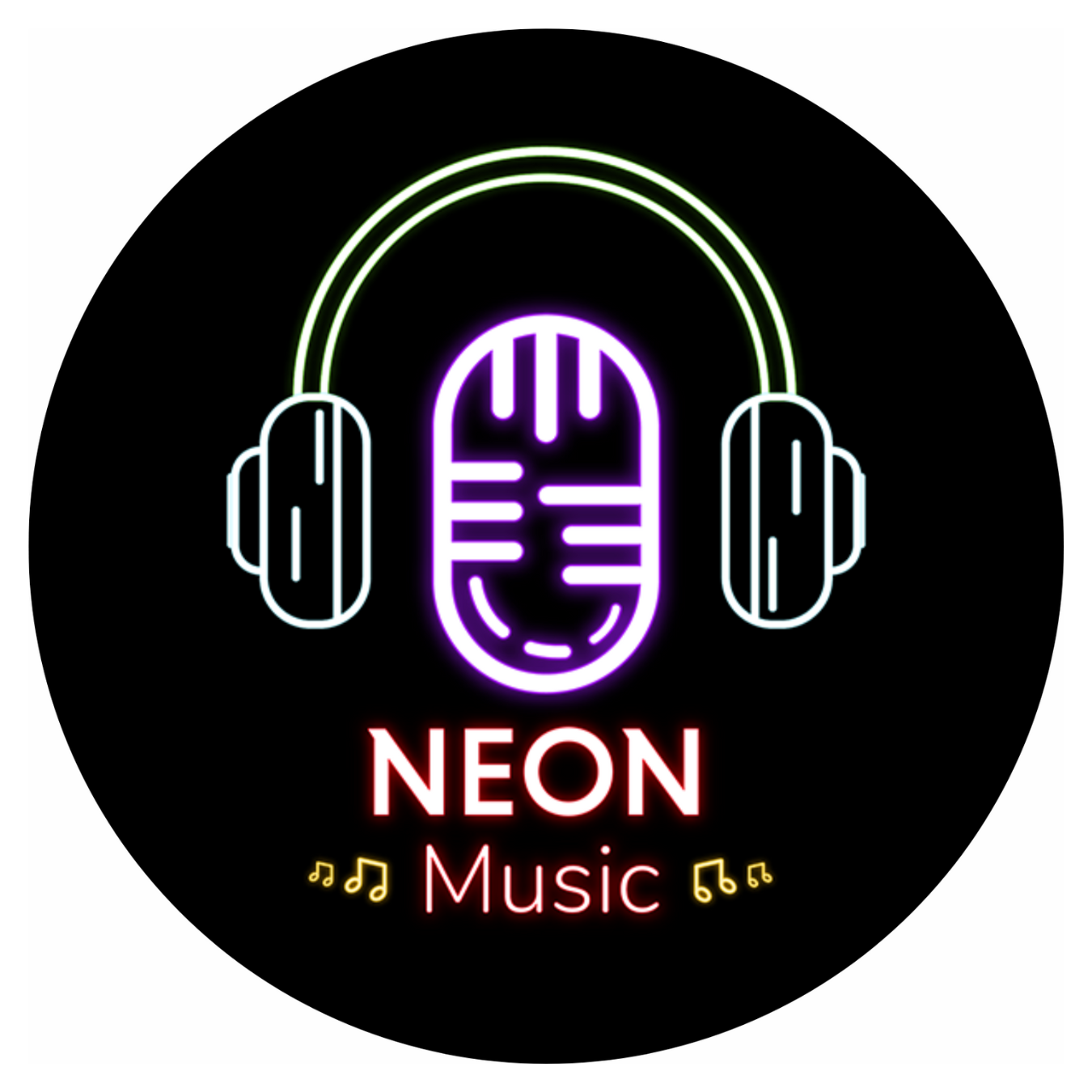Doja Cat spent nine months becoming a video game villain, and it might be the smartest career move she’s made all year.
The Grammy winner didn’t just drop a skin into Fortnite’s Halloween event.
She built an entire character. The Mother of Thorns sits on a throne of twisted vines, plays the boss fight, provides full voice acting, and then, in a twist that actually feels clever rather than cynical, joins your squad after you defeat her.
It’s the kind of integration that makes you wonder if we’re watching gaming platforms quietly replace traditional music infrastructure.
Because here’s what that collaboration bought her: direct access to 650 million registered players, a revenue split that beats most record deals, and a promotional window that extends far beyond the album cycle.
The timing tells you everything. Fortnitemares 2025 launched 9 October, the same week as Doja’s fifth album Vie.
Not a coincidence. Not a bonus marketing activation. This is the marketing now, sitting alongside Spotify and radio as core infrastructure rather than experimental add-on.
Why? Because virtual concert platforms are projected to hit $6.5 billion by 2033, up from $1.5 billion in 2024. Because 77% of Fortnite players have actually opened their wallets for in-game purchases.
Because the economics of reaching millions of engaged fans in minutes beats the hell out of six months of tour buses and venue negotiations.
But here’s where it gets interesting, and slightly dystopian. We’re watching Epic Games become exactly what major labels used to be: the gatekeeper between artists and audiences, the platform that determines who gets access to the most valuable stage in pop music. Different revenue split, same power dynamic.
When the boss fight becomes the brand
What makes Doja’s collaboration resonate, while so many others feel like a cash grab is the palpable sense that she’s not just cashing a check. She’s building her own haunted kingdom in a space she genuinely loves.
The Mother of Thorns isn’t passive decoration. She drives the entire Fortnitemares narrative.
Players hunt her across three spawn locations where she sits on a thorny throne, pumpkins scattered around her feet, while “Demons” plays.
Defeat her and she doesn’t just drop loot—she self-revives and joins your squad for the rest of the match.
It’s a stunningly clever mechanic that turns the traditional celebrity cameo on its head. You don’t just buy Doja. You fight her, recruit her, deploy her.
“Fortnite rarely develops a full in-game storyline around a celebrity, so I jumped at the chance to play a real role, provide voiceover and step into a character,” Doja told Hypebeast. “The Mother of Thorns was built for me.”
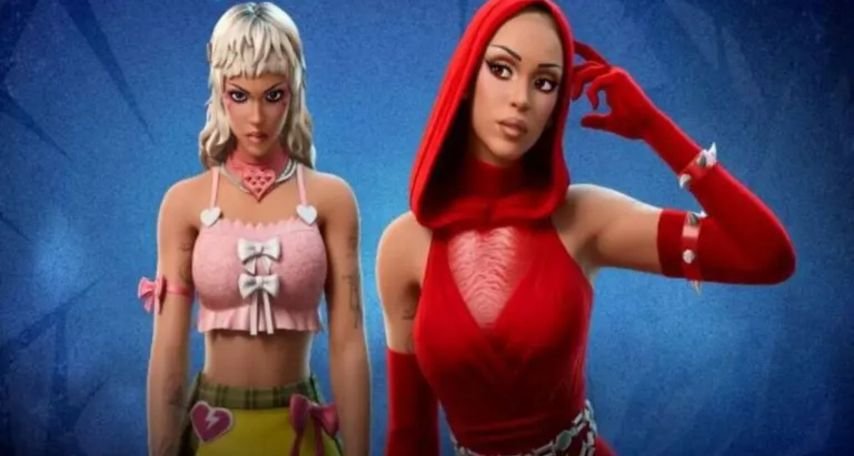
Nine months of development shows. Two outfit styles reference “Paint The Town Red“ and “Agora Hills“ videos.
Three hairstyles and customisable eye colours give players unusual control over her appearance, treating the skin as canvas rather than static product.
The Mythic Thorn Ripper weapon functions as both melee whip and grappling hook, creating gameplay utility beyond cosmetics.
Here’s where Epic Games demonstrates they’ve learned something most music platforms haven’t: integration beats insertion.
Fortnitemares 2025 featured 11 total collaborations: Scooby-Doo, Ghostface, Netflix’s KPop Demon Hunters.
But Doja’s went deeper. Her songs became playable Jam Tracks in Fortnite Festival mode.
Her cosmetics bundle spans 14 items at 3,200 V-Bucks, individual skins at 1,500 V-Bucks each, plus a Lamborghini Huracán bundle at another 3,500 V-Bucks.
The revenue potential stacks quickly when 77% of Fortnite players have made at least one in-game purchase.
The authenticity factor or at least the appearance of it matters enormously. Doja’s been streaming Fortnite on social media for years.
She referenced the game in “Agora Hills” lyrics. When she announced the collaboration on The Tonight Show by playing “Real or Fake Fortnite Skins” with Jimmy Fallon, it scanned as genuine rather than scripted corporate theatre.
But let’s be honest about what we’re really celebrating here. This is an elaborately constructed commercial transaction dressed up in the language of artistic collaboration and fan service.
Which is fine! That’s how the music business has always worked. The question isn’t whether it’s authentic, it’s whether this particular form of commercialisation produces better outcomes for artists than the old gatekeepers did.
The blueprint Travis Scott wrote (and the industry copied badly)
The modern template began with Marshmello’s Pleasant Park concert in February 2019, which drew 10.7 million concurrent viewers and proved Fortnite could function as a concert venue. Cute. Promising.
But Travis Scott’s “Astronomical” event in April 2020 is what convinced the music industry that gaming platforms weren’t a novelty – they were the future.
The numbers: 27.7 million unique players across five showtimes. 12.3 million concurrent at peak. 45.8 million total viewership including replays.
And here’s the figure that made every artist manager in LA start making calls: Travis Scott reportedly earned $20 million from a nine-minute performance.
Let that sit for a minute. Nine minutes. $20 million.
Conservative estimates put merchandise sales alone at $12.5 million, assuming just 3% of attendees bought the cheapest items.
His music catalogue saw a 38% streaming increase the following week. “The Scotts” debuted at number one on Billboard Hot 100.
The performance fee was reportedly $500,000 upfront, with back-end bonuses tied to viewership metrics and skin sales.
This figure isn’t just impressive, it fundamentally recalibrates an artist’s valuation of their time. Why tour for six months when a virtual event can generate comparable revenue and vastly greater exposure in a single day?
This is forcing a renegotiation of the very concept of a “tour stop.” Fortnite isn’t supplementing the traditional touring model. It’s competing with it.
Ariana Grande’s Rift Tour in August 2021 drew 27 million viewers across five performances, with industry estimates placing her earnings around $20 million.
The event earned an MTV Video Music Awards nomination for “Best Metaverse Performance,” signaling mainstream acceptance of virtual concerts as legitimate artistic achievement, not just marketing stunts.
Then something interesting happened. The format became lazy.
By November 2024, when Fortnite’s “Remix: The Finale” featured Snoop Dogg, Ice Spice, Eminem, and a posthumous Juice WRLD tribute, concurrent player count reached 14.3 million more than Travis Scott’s record.
Yet it generated notably less cultural conversation. The spectacle decreased even as participation increased. The novelty wore off.
Why? Because Epic Games and artists started phoning it in. Early events were genuine artistic experiments. Recent ones feel like branded content. The difference matters.
Roblox provided an alternative with different demographics. Twenty One Pilots’ September 2021 Roblox performance generated 13.4 million total visits, with over 70% of attendees from outside the United States.
Virtual concerts demolish geographic barriers that limit traditional touring, but only if artists actually build something worth experiencing.
The data proves the economic model. Emily Levy, Head of Global Partnerships at Epic Games, revealed that simply adding a song as a purchasable Jam Track in Fortnite produces an 8.7% lift in off-platform streaming consumption.
“We do this like a tour stop, so artists are obviously compensated for playing the show,” Levy told Music Business Worldwide. “It’s pretty straight-forward, honestly.”
Of course, there’s a counterargument worth considering. These virtual spectacles further commodify art, turning songs and artists into digital assets for a gamified marketplace.
They strip away the raw, unscripted connection of a live physical performance; the sweat, the mistakes, the unrepeatable moment.
What we’re gaining in reach and revenue, we might be losing in intimacy and artistic risk.
But here’s my prediction: the true disruption hasn’t happened yet.
While the current model relies on superstar avatars, the real transformation will come when indie artists can launch their own micro-events directly from their bedrooms using the very tools Epic is developing.
That’s when we’ll see whether gaming platforms genuinely democratise music distribution or just create a new bottleneck where Epic Games controls access the same way Atlantic Records once did.
Why 650 million gamers matter more than you think (and less than the hype suggests)
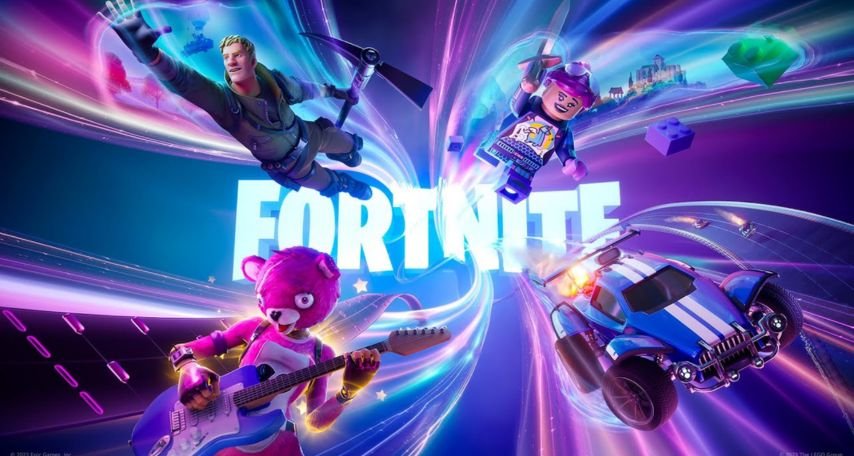
Let’s interrogate the numbers everyone keeps throwing around.
Fortnite counts 650 million registered players with 110 million monthly active users.
During special events, daily active users spike to 60 million. More broadly, 3.32 billion people play video games globally in 2024, projected to exceed 3.5 billion in 2025.
The global gaming market reached $522 billion in 2024, with projections hitting $691 billion by 2029.
For context, that eclipses the entire recorded music industry ($28.6 billion in 2023) and global box office ($33.9 billion) combined. Not even close.
Gaming is bigger than music and film put together, which means any serious artist who isn’t thinking about gaming strategy is leaving money on the table.
But here’s what the promotional materials don’t tell you: registered players aren’t the same as engaged audience.
That 650 million figure includes everyone who’s ever created an account, including millions of dormant users.
The more telling metric might be frequency of purchase among the top 10% of spenders – a data point the industry closely guards because it would reveal how concentrated the revenue actually is.
Still, the demographics tell a compelling story. Fortnite’s player base skews 62.7% aged 18 to 24, with 77% having made at least one in-game purchase.
Average annual spending per player reaches $102.42, with 58.9% of purchases going toward character outfits and skins.
The key takeaway, gamers playing 10 or more hours weekly have twice the disposable income of non-gamers.
Gen Z and millennial players spend an average of £25 monthly per platform on gaming content.
These aren’t kids blowing pocket money. They’re young adults with purchasing power.
Marvin Resende, Cultural Brand Partnerships Lead at The Defiant Collective, identifies authenticity as the crucial factor, though “authenticity” in brand partnerships is always a manufactured concept.
“If you look at a lot of the artists who make an impact in the gaming world, they’re authentically gamers,” Resende told Digiday.
“They’re playing whatever they’re playing consistently, the same as we see with athletes. So it’s more authentic for them to go into the gaming space, because that’s what they’re doing during their off time.”
This matters because audiences can smell a fake collaboration from a mile away.
Drake’s Fortnite stream with Ninja in 2018 worked because Drake was already playing.
When artists parachute in for a quick cash grab without genuine gaming literacy, fans notice.
Research from Deloitte found that 42% of Gen Z gamers listen to other music while gaming, while 34% hear music in a game and look it up online to stream or buy.
Nearly a quarter wish they could purchase music directly from games or add it to playlists.
The gaming platform becomes discovery engine, social space, and direct sales channel simultaneously, which is exactly what Spotify wanted to be and never quite achieved.
Danny Silverman, Head of Music Legal Affairs at Riot Games, frames gaming as cultural infrastructure rather than marketing channel.
His perspective is particularly revealing given Riot’s massive success with League of Legends and Valorant music properties.
“The big and most popular games are not just a placement but rather a culture,” Silverman told Music Business Worldwide.
“It’s a lifestyle for the people that play them. There are hundreds of millions of people playing… To have a musical association with that game is not just visibility to that artist or to that song, but it’s an association with an IP that is so important to millions of players’ and fans’ lives.”
Translation: gaming communities function as cultural tribes with shared identity and values.
When an artist meaningfully integrates into that tribe, they’re not just advertising, they’re becoming part of the social fabric.
But when it’s done cynically? They’re outsiders trying to sell something to a community that doesn’t want them there.
The pandemic accelerated adoption, but here’s what’s interesting: the trend sustained post-lockdown.
Virtual concerts aren’t temporary substitutes for physical venues.
They’re permanent additions to how music gets experienced and monetised, coexisting with traditional formats rather than replacing them.
The business case record labels pretend not to understand
Virtual concert platforms represent one of the fastest-growing segments in entertainment.
The virtual concert market is projected to reach $6.5 billion by 2033 from $1.5 billion in 2024, an 18.5% compound annual growth rate.
The broader metaverse entertainment market shows even more aggressive growth: from $13.8 billion in 2021 to projected $221.7 billion by 2031. That’s a 32.3% annual growth rate.
Those are venture capital numbers, not entertainment industry numbers.
Revenue streams multiply in ways traditional touring can’t match.
Artists receive upfront performance fees ranging from $50,000 to $500,000 depending on stature.
Back-end bonuses tie to viewership metrics. Virtual merchandise generates 20% to 30% artist revenue share, with conversion rates between 1% and 10% of attendees.
Travis Scott’s skin sales alone generated an estimated $8.4 to $16.8 million when over 10 million units sold at 1,500 V-Bucks each.
Streaming platforms see immediate impact. Music featured in gaming events experiences 20% to 38% increases in consumption.
Social media engagement spikes between 300% and 3,000%. For Travis Scott: YouTube views increased 500%, YouTube subscribers jumped 1,800%, Twitter followers gained 147,000 (a 2,000% increase). Songkick reported concert searches increased 3,000%.
These aren’t incremental gains. They’re step-function changes in artist visibility and revenue potential.
Here’s what gets glossed over in the breathless trade publication coverage: we’re watching Epic Games become exactly what major labels used to be.
Different branding, different revenue split, same fundamental power dynamic.
Gaming platforms gain strategic value beyond immediate revenue.
Fortnite’s $3 billion fundraising round in 2022 valued the company’s metaverse capabilities partly based on proven entertainment infrastructure.
Record-breaking concurrent user numbers during music events (14.45 million) demonstrate the pull these collaborations create.
The cultural relevance positions games as entertainment ecosystems competing with Netflix and Spotify—not just other games.
Major labels now treat gaming partnerships as permanent strategy rather than experimental marketing.
Warner Music Group participated in Roblox’s Series H funding round and created Rhythm City, a persistent virtual venue on the platform.
Universal Music Group has established partnerships across multiple gaming properties.
Sony Music and Columbia Records broker artist-platform deals as standard practice.
But here’s the uncomfortable question nobody’s asking in the C-suites: what happens when Epic Games decides which artists get access to the largest stage in popular music?
When one platform controls the primary route to Gen Z audiences, aren’t we just recreating the bottleneck we spent the past two decades dismantling?
The old music industry gatekeepers controlled radio, MTV, and retail distribution. The new ones control game engines and virtual worlds. The revenue split might be better for artists today, but power concentration is power concentration.
And Epic Games’ terms of service give them remarkable control over content, branding, and access.
Spiro Arkoudis, Chief Revenue Officer at Tuned Global, sees licensing deals accelerating, which should make artists nervous even as it makes their accountants happy.
“Once a gaming company has engaged with commercial music and can do that at scale, it sets a precedent,” Arkoudis told Music Business Worldwide.
“Over time we’re going to see a lot more of these gaming companies and games out there with in-game music experiences. That’s good for the whole ecosystem long term. Everyone wins out of that.”
Everyone wins, as long as you get invited to the party. What happens to artists Epic doesn’t want?
What leverage do musicians have when one platform becomes essential infrastructure rather than optional marketing?
Record labels lose leverage when artists can directly access hundreds of millions of engaged fans through gaming partnerships.
That’s genuinely disruptive and probably good for artists in the short term. But in the long term?
We might be trading one set of gatekeepers for another, except this time the gatekeepers also control the stage, the sound system, the ticketing platform, and the merch table.
Platform evolution: democratisation or just better exploitation?
The technology has matured dramatically. Since Marshmello’s basic avatar performance in 2019, we’ve seen Travis Scott’s “Astronomical” featuring a giant avatar transforming the game world in real-time; players underwater, in space, witnessing Scott as a cosmic figure.
Ariana Grande’s Rift Tour added interactive mini-games and dynamic set pieces. Metallica’s June 2024 “Fuel. Fire. Fury.” collaboration appeared across all Fortnite experiences with a six-song playable concert built in Unreal Editor.
Motion capture now enables realistic avatar performances. Spatial audio and VR integration continue advancing.
And here’s where it gets interesting: Epic Games is developing tools allowing bedroom producers to create concert experiences alongside superstars like Ariana Grande without corporate intermediaries.
“What I’m really excited about is Fortnite’s evolution into more of a platform where there are thousands of creators around the world making and shipping games,” Emily Levy told Music Business Worldwide.
This democratisation could fundamentally reshape artist development. Or it could create a flood of mediocre content where only those with existing audiences or marketing budgets break through. Probably both.
Cherie Hu, writing for Music Business Worldwide, predicts “a new model of artist development that treats sandbox-game mechanics with equal importance as actual music production, and a new type of talent that will break uniquely and exclusively through games.”
I’m skeptical. Not because it’s impossible, but because every platform that promises democratisation eventually stratifies into winners and losers based on who has resources to game the algorithm.
YouTube was supposed to let anyone become a star. TikTok was supposed to make the playing field level.
Instead, we got a new class of media companies and agencies that figured out how to manufacture viral success.
But let’s say the optimistic version plays out. What does that actually look like?
Blockchain-based solutions for rights management could eliminate the licensing complexity that currently favours established players with legal departments.
AI-driven dynamic soundtracks might let emerging artists create adaptive music that responds to gameplay, a technical capability majors can’t easily replicate.
Spatial audio in VR environments could create genuinely new musical experiences rather than just replicating concerts in virtual space.
Arkoudis anticipates “significant developments in AI-driven music composition, allowing games to generate unique soundtracks on the fly. Spatial audio and immersive sound technologies will also gain traction, especially in VR and AR gaming environments.”
The cultural shift matters as much as technology. Matthew Ball, former Head of Strategy at Amazon Studios, describes Fortnite as “a daily social square, a digital mall or virtual afterschool meetup that spans neighbourhoods, cities, countries and continents.”
Music events within these spaces function as communal experiences first and performances second.
Audiences attend to socialise and participate, with the artist serving as occasion rather than sole focus.
That’s simultaneously exciting and depressing. Exciting because music becomes part of social infrastructure rather than isolated listening experience.
Depressing because it treats artists as content providers for someone else’s platform rather than autonomous creators.
For smaller artists, the model offers distribution otherwise impossible.
David Cushman, Senior Director of Metaverse Development at Warner Music Group, noted that one-off virtual concerts require massive resources for temporary experiences.
But persistent integrations allow artists to maintain presence for six months or longer.
Joe Khoury, SVP at Atlantic Records, explained that Don Toliver’s Fortnite experience was “slated to remain on the platform for at least six months. Instead of labels and artists spending hundreds of thousands of dollars to build a one-off activation, they are now able to come into experiences and activate with artists inside.”
Which sounds great until you realise “activate with artists inside” means “rent space on someone else’s platform where they control the terms, the economics, and the access.”
What Doja Cat’s gamble tells us about where power is shifting
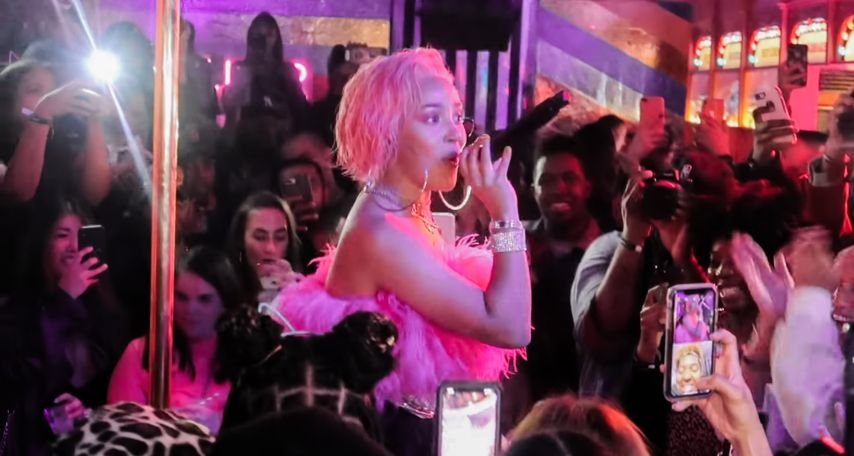
Doja Cat’s Fortnitemares collaboration represents something more mature than early experiments but less cynical than recent cash grabs.
The nine-month development timeline matches album production cycles, treating gaming integration as equally important as the music itself.
The collaboration spans gameplay, narrative, music distribution, and merchandise simultaneously, not as separate activations but as one coherent artistic statement.
Perhaps most telling: it treats gaming audiences as primary rather than supplementary.
The collaboration launched the same week as album Vie, positioning Fortnite alongside streaming services and radio as core release infrastructure. Not bonus. Not optional. Core.
Her character remains accessible through November, extending the promotional window far beyond traditional album cycles. The skins and content will return to the Item Shop in future rotations, creating ongoing touchpoints with gaming audiences.
This is what it looks like when an artist takes gaming seriously as a creative medium rather than just a marketing channel.
The success of Remix: The Finale in November 2024, which drew record-breaking concurrent viewership, proves the model’s sustainability post-pandemic.
Virtual concerts aren’t temporary substitutes for physical venues. They’re permanent additions to how music gets experienced and monetised.
As 56% of Gen Z and 61% of millennials express interest in attending virtual concerts, the demographic trajectory favours continued growth, whether traditional industry likes it or not.
Nate Nanzer, Head of Global Partnerships at Epic Games, frames it as platform evolution. “Fortnite is more than a game,” Nanzer told Rolling Stone.
“This is really about developing Fortnite as a platform, and a place where I can jump in and play with my friends, but I can also check out a concert.”
The flattening of boundaries between gaming, socialising, and music consumption creates opportunities traditional industry structures can’t easily replicate. But it also creates dependencies.
When Fortnite is “more than a game,” it’s also more than just another promotional channel.
It becomes infrastructure. And whoever controls the infrastructure controls who gets access.
The barriers to entry continue falling on the surface. Licensing complexity, which previously required custom deals for each implementation, is standardising through platforms like Tuned Global.
Gaming companies increasingly view music as expected feature rather than special addition.
Artists of all sizes can now access tools for creating gaming content without major label backing.
But here’s the question Doja Cat’s success raises: is she succeeding because the system is more democratic, or because she’s a major-label artist with resources to execute at the level Epic Games demands?
Would a bedroom pop artist with genuine gaming credibility but no budget get the same nine-month development timeline and homepage placement?
Probably not.
The uncomfortable truth about gaming’s music future
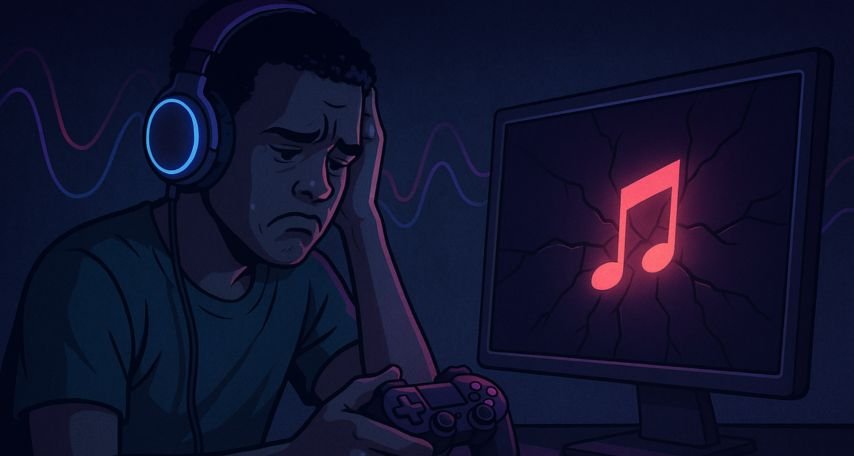
Doja Cat’s transformation into the Mother of Thorns demonstrates how thoroughly gaming platforms have integrated into music industry infrastructure. But let’s be clear about what we’re actually celebrating.
This isn’t a trend. It’s a $6.5 billion market growing at 18.5% annually, reaching 3.3 billion global gamers who spend more time and money on gaming than any other entertainment medium.
When a nine-minute concert can generate $20 million and 45.8 million viewers while simultaneously boosting streaming by 38% and creating months of promotional content, the business case isn’t just compelling; it’s undeniable.
But here’s what keeps me up at night: we’re watching Epic Games quietly become what the major labels used to be.
Different branding. Better revenue split. Same fundamental power dynamic.
The democratisation matters in theory. As platforms develop tools allowing any artist to create persistent gaming experiences, the gatekeepers theoretically shift.
Record labels lose leverage when artists can directly access hundreds of millions of engaged fans through gaming partnerships.
Traditional touring’s economics – venue capacities, geographic limitations, infrastructure costs, can’t compete with virtual events where millions attend simultaneously and 77% are willing to spend money.
That’s genuinely disruptive. Probably good for artists in the short term.
But in the long term? Epic Games controls which artists get promoted, which content gets featured, which creators get access to the tools, which songs appear in Fortnite Festival, which partnerships get the homepage treatment.
They own the stage, the distribution, the discovery algorithm, and increasingly, the relationship with the audience.
At least with major labels, there were multiple labels. Regional scenes. Alternative distribution.
With gaming platforms, network effects create winner-take-most dynamics where Fortnite, Roblox, and maybe two others control access to the entire market.
Major artists like Doja Cat, Travis Scott, and Ariana Grande are writing the playbook.
Their success creates infrastructure and normalisation that emerging artists can theoretically exploit.
The next generation won’t need to choose between gaming and traditional music careers.
They’ll treat gaming platforms as natural venues alongside Spotify, Instagram, and TikTok.
Some will break exclusively through gaming, never needing traditional music industry validation. That part is exciting.
But let’s not kid ourselves about what’s happening here. We spent two decades breaking down the old gatekeepers, smashing through radio programmers, MTV executives, retail buyers, label A&R departments.
We celebrated the democratisation of distribution through streaming, social media, and direct-to-fan platforms.
And now we’re handing that power to gaming companies who control even more of the value chain than labels ever did.
The revenue split might be better for artists today. The tools might be more accessible. The audience might be larger. But power concentration is power concentration, regardless of who holds it or how much better their terms seem compared to the old regime.
For now, Doja Cat reigns as the Mother of Thorns, turning Fortnite into her haunted kingdom while collecting revenue that makes traditional album promo look quaint.
The collaboration demonstrates what happens when authentic fandom meets platform sophistication meets proven business models.
Music and gaming aren’t converging anymore. They’ve already merged.
The question isn’t whether this is happening, it’s whether Epic Games becomes the benevolent infrastructure provider the optimists envision, or whether we wake up in five years to realise we’ve just traded Atlantic Records for Epic Games and called it progress.
The artists adapting fastest are collecting the rewards right now.
But the artists who come next might find the door they’re trying to enter has a bouncer working for a single company that controls access to the entire Gen Z audience.
That’s not disruption. That’s just new management.
